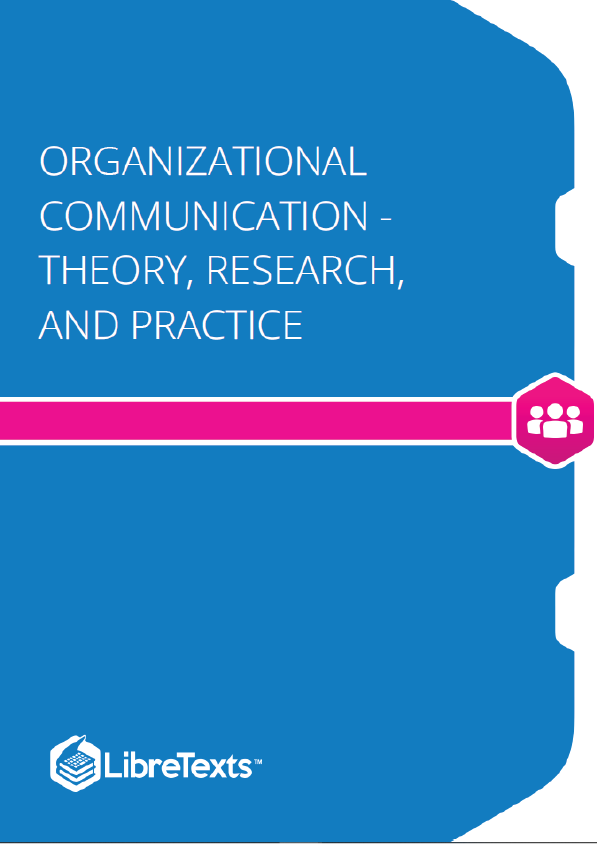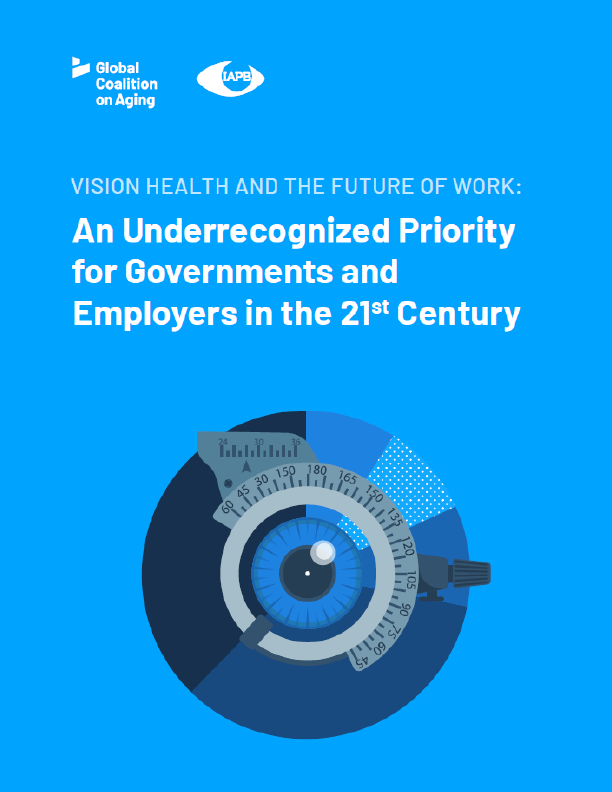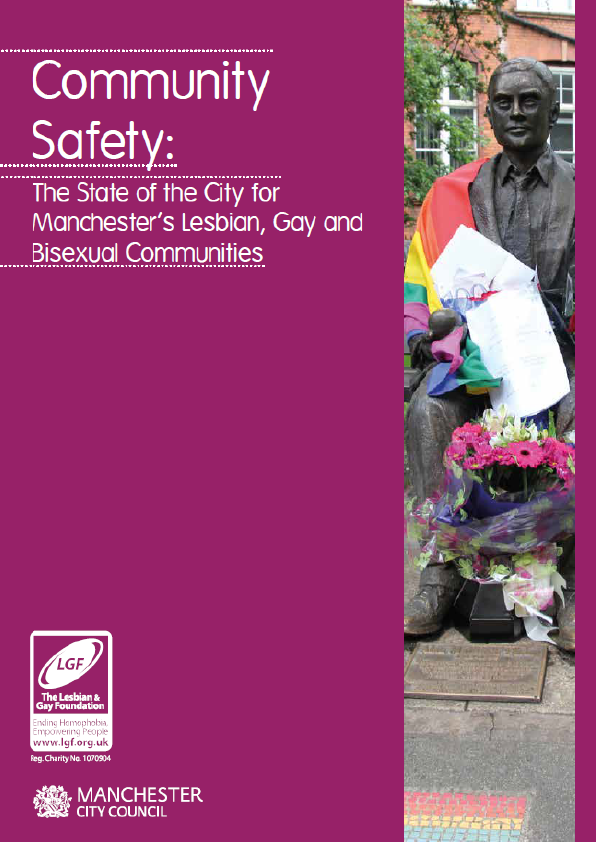This book looks at organizational communication as a broad term that encompasses a wide array of organizational types, which we’ll explore in more detail elsewhere in this chapter. Even if you just take the average 7.5 hours per day an individual spends “working” in an organization, you will end up in an organizational environment a little over 111 days per year. If you work for 40 years, you’ll basically spend 12 of those years at work. We don’t tell you this to scare you, but to help you understand the importance of knowing how to interact and behave in organizations.
Introduction
Welcome to your first book in organizational communication. This book assumes that you have some background in the field of human communication and probably minimal exposure to the world of organization studies. In the Preface of this book, which we strongly encourage you to read, we discussed the reasons why studying organizational communication matters in the 21st Century.
Your average employed person working in the United States averages 7.5 hours of work per day (7.9 hours on the week days; 5.5 hours on the weekend). This study from the US Department of LaborThe US Department of Labor. (2010). American time-use survey—2010 results [Press release]. Retrieved from http://www.bls.gov/news.release/pdf/atus.pdf further noted that these are just the hours a person spends in a traditional working environment. People further spend about 36 minutes a week interacting with an educational organization, about 43 minutes shopping, and about 16 minutes attending religious services or volunteering. When people traditionally hear the word “organization” they most often jump right to the idea of a workplace. However, an organization is a much broader term and covers a lot more ground than just someone’s workplace. As such, time that is spent in an educational environment, shopping, attending religious services, and volunteering are also examples of someone interacting with or in an organization.
This book looks at organizational communication as a broad term that encompasses a wide array of organizational types, which we’ll explore in more detail elsewhere in this chapter. Even if you just take the average 7.5 hours per day an individual spends “working” in an organization, you will end up in an organizational environment a little over 111 days per year. If you work for 40 years, you’ll basically spend 12 of those years at work. We don’t tell you this to scare you, but to help you understand the importance of knowing how to interact and behave in organizations. So, let’s get started!
As with any academic endeavor, one must understand what one is studying before one can delve into the specifics and intricacies of the subject matter. For this reason, this section is going to start by defining what is meant by the term “organization” and then looking at three different ways of categorizing different types of organization.
Defining “Organization”
Many people have attempted to define what is meant by the word “organization.” Instead of following suit and throwing yet another definition into the mix, we’ve selected a number of definitions from common dictionary definitions to ones used by business, psychology, economics, and communication scholars. Table 1.1 contains a partial list of the different types of definitions seen across various academic disciplines.











